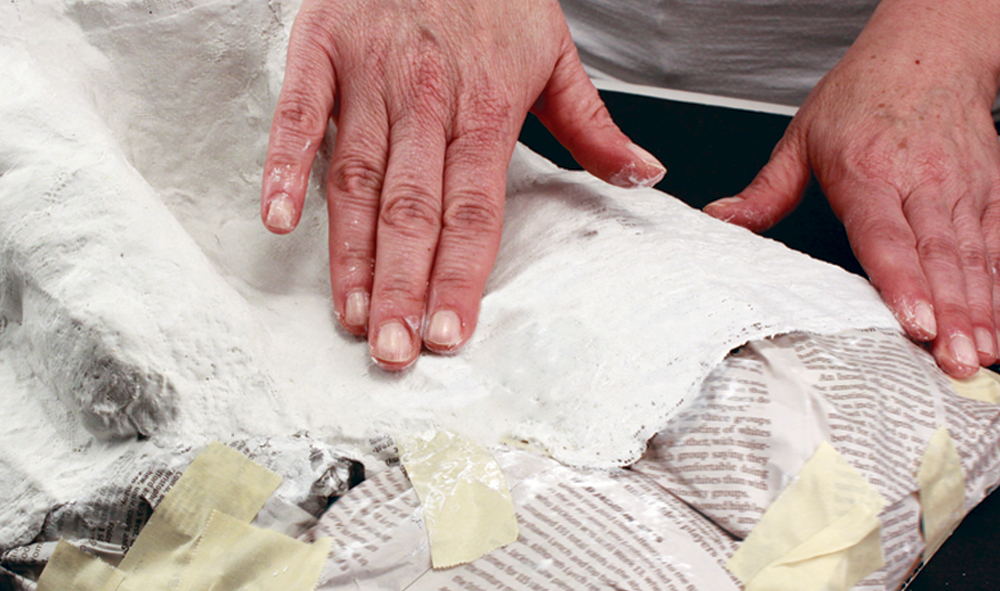

Reconstruction and restoration took place intermittently over more than 30 years, and cost an estimated €40 Million. However, the glazing of the 14th-century choir hall, the Neo-Gothic altar, a large part of the cloister, and the Holiness Chapel ( Heiligtumskapelle) were irretrievably destroyed. Many of the cathedral's artistic objects had been removed to secure storage during the war, and some which could not be moved were protected within the church itself. įloorplan of Charlemagne's Palatine Chapelĭuring World War II, Aachen, including its famed cathedral, was heavily damaged by Allied bombing attacks and artillery fire, but the cathedral's basic structure survived. It was restored again in 1881, when the Baroque stucco was removed. A cupola, several other chapels, and a steeple were also constructed at later dates. Due to the enormous flow of pilgrims, in 1355 a Gothic choir hall was added, and a two-part Capella vitrea (glass chapel) was consecrated on the 600th anniversary of Charlemagne's death. It suffered a large amount of damage in a Viking raid in 881, and was restored in 983.įollowing Charlemagne's canonization by Antipope Paschal III in 1165, the chapel became a draw for pilgrims. Charlemagne was buried in the chapel in 814. A foundry was brought to Aachen near the end of the 8th century and was utilized to cast multiple bronze pieces, from doors and the railings, to the horse and bear statues. The exact date of completion is unclear however, a letter from Alcuin, in 798, states that it was nearing completion, and in 805, Pope Leo III consecrated the finished chapel.

The construction is credited to Odo of Metz. Animation of Aachen cathedral (English subtitles)Ĭharlemagne began the construction of the Palatine Chapel around 796, along with the rest of the palace structures.


 0 kommentar(er)
0 kommentar(er)
